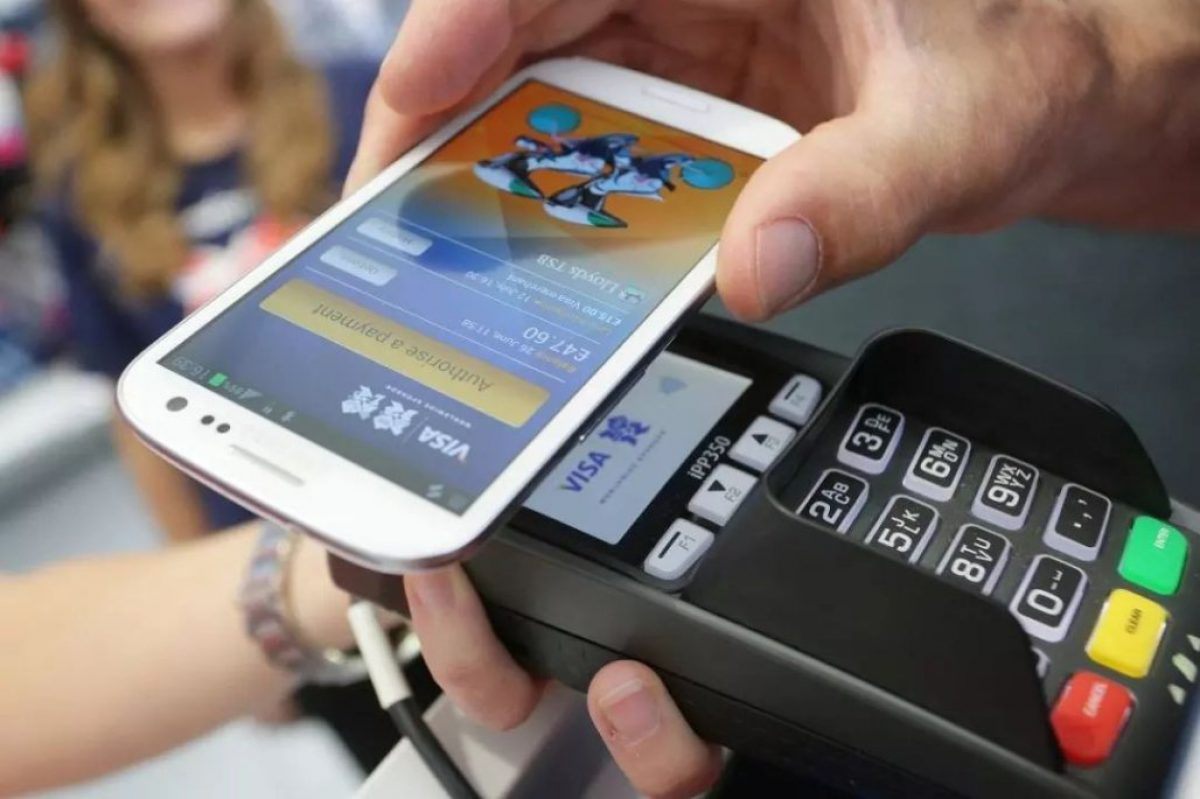Philippines Launches "PalengQR Ph Plus" to Promote Cashless Payments
The Bangko Sentral ng Pilipinas (BSP) and local government units (LGUs) have jointly launched the PalengQR Ph Plus project to build a strong digital payment ecosystem and promote cashless transactions in the local market.
Recently, the Central Bank of the Philippines (BSP) and the local government units (LGUs) jointly launched the PalengQR Ph Plus project, which aims to build a strong digital payment ecosystem for market vendors, small shop owners and tricycle operators to promote cashless transactions in local markets.
It is reported that the PalengQR Ph Plus project was jointly initiated by the Department of Trade and Industry (DTI), the Department of Information and Communications Technology (DICT) and the Department of the Interior and Local Government (DILG) of the Philippines. It plans to expand the existing QR Ph project to local businesses and transportation services to enhance the acceptance of digital payments locally and nationwide and integrate them into daily life.
BSP Regional Director Eva Lynne Marcos emphasized: "The PalengQR Ph Plus project is based on the existing QR Ph framework and calls on local governments across the country to promote digital payment systems, promote the digitization of commercial transactions and local transportation payments, and benefit suppliers and consumers."

Catbalogan City Mayor Christopher A. Mamauag thanked the BSP and its partner agencies and reaffirmed the local government’s commitment to digitalization while announcing additional incentives for businesses that fully adopt digital payments. “This initiative will greatly simplify the payment process and put Catbalogan City at the forefront of technological advancement in the province,” he said.
Meanwhile, DTI Isabela Acting Director Ramil D. Garcia praised the project’s positive impact on local economic growth and modernization. He pointed out that the launch of the PalengQR Ph Plus project marks a key step in Catbalogan City’s digital transformation and sets an example for other municipalities in other regions.
Earlier this month, the Cebu City government officially launched the Paleng-QR PH project to bring citizens a more convenient and secure payment method. The project launch ceremony was held at the city’s public plaza and was presided over by Acting Mayor Raymond Alvin Garcia to fully promote cashless payments in local public markets and local transportation, especially tricycles.
Raymond Alvin Garcia said at the launch ceremony: "This move is not just about embracing the digital age, but about ensuring that no one is left behind as we move towards a digital future."

A study earlier this year showed that 37% of Filipino respondents believe that most people will adopt cashless payments by 2030 as mobile wallets and bank cards become more popular. Research also shows that the use of cash in transactions will decline significantly, from 96% in 2022 to 87% in 2023.
In comparison, mobile wallet usage rose to 87% and credit card usage rose to 70%. It is worth noting that mobile payments are now on par with cash payments, reaching 87%, which reflects people’s increasing acceptance of cashless payments.
The decline in cash use is partly due to the popularity of cashless payments and concerns about the safety of carrying cash. In fact, Filipinos are more likely to use QR codes for contactless payments, although acceptance of cashless payments is higher across industries – 88% for supermarkets, 86% for food and dining, and 82% for bill payments.
Currently, DICT is streamlining government services and ensuring transaction security, while reducing costs, enhancing connection stability, and improving efficiency through projects such as the e-Gov PH platform and e-LGU applications.
In summary, the PalengQR Ph Plus project marks significant progress in promoting digital payments in the Philippines and is a strong testament to the country’s commitment to improving business operations and enhancing the national consumer experience through technology.
·Original
Disclaimer: The views in this article are from the original Creator and do not represent the views or position of Hawk Insight. The content of the article is for reference, communication and learning only, and does not constitute investment advice. If it involves copyright issues, please contact us for deletion.